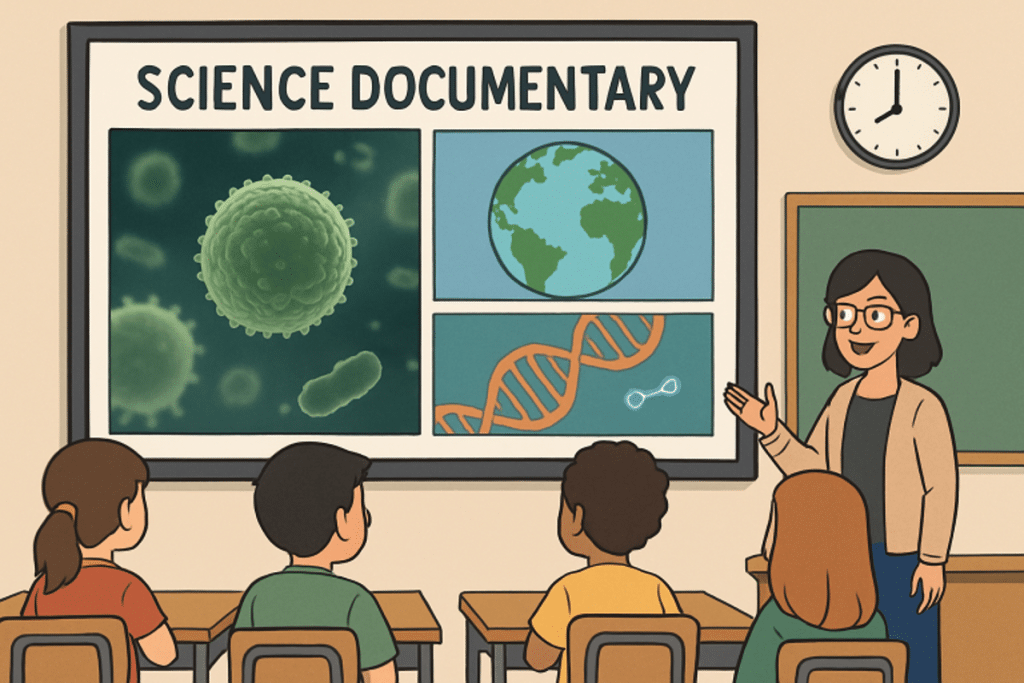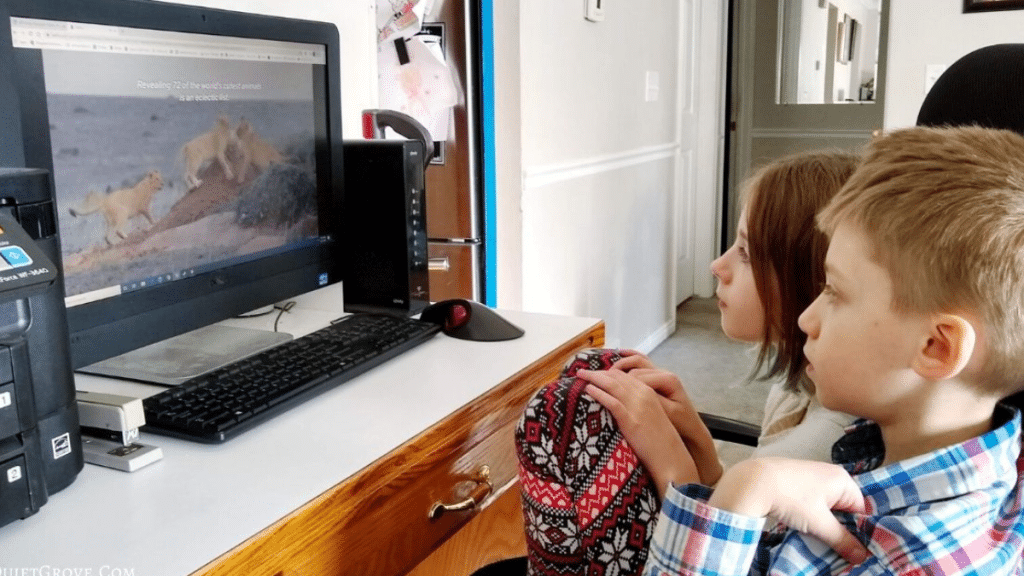Introduction
Documentary films are revolutionizing science education by offering dynamic, real-world perspectives that help students connect with and engage in scientific learning on a deeper level. Through visually compelling narratives and storytelling, these films bring scientific concepts to life, creating memorable learning moments in the classroom. Streaming platforms such as Curiosity Stream offer educators and students a vast selection of science-themed documentaries that can be easily integrated into lessons to inspire curiosity and expand knowledge.
As the demands of modern education evolve, there is increasing emphasis on catering to diverse learning styles and fostering essential skills like critical thinking and problem-solving. When strategically incorporated into science curricula, documentary films support these goals by providing visual and narrative contexts that help demystify complex ideas while encouraging students to ask questions and think analytically about the scientific world around them.
The Role of Documentaries in Science Education
Documentaries serve as a bridge between abstract theories and tangible experiences, offering a unique format for science learning. Visual storytelling transforms textbook knowledge into scenarios students can see and relate to, shedding light on how scientific discoveries impact everyday life. Documentaries often feature leading experts, on-site footage, and visualizations that make difficult concepts understandable, building a lasting connection between learners and science topics.
In addition to content delivery, documentaries instill a sense of wonder and empathy by showcasing the people behind scientific breakthroughs—their motivations, challenges, and contributions. This human element makes science approachable and can inspire students to imagine themselves as future innovators and problem-solvers.

Benefits of Using Documentaries in the Classroom
Enhanced Engagement
With their compelling visuals and narratives, documentaries quickly capture students’ attention in ways that static text often cannot. When students see science in action—whether exploring a distant ecosystem or observing a breakthrough experiment—they become more invested in their learning.
Improved Comprehension
Many scientific concepts involve systems and processes that are challenging to grasp through words alone. Documentaries use animations, experiments, and real-world footage to clarify abstract ideas, turning complex theories into more digestible content and supporting better long-term retention.
Exposure to Real-World Applications
Documentaries provide practical examples of how classroom science applies to real-life problems and innovations, from environmental conservation efforts to new medical discoveries. This relevance motivates students to value and pursue science beyond school.
Development of Critical Thinking
Analysis of documentary content prompts students to evaluate evidence, compare viewpoints, and reflect on broader implications. These activities nurture critical thinking and media literacy skills, equipping students to assess information in an increasingly media-driven world.
Integrating Documentaries into Science Curricula
- Align with Curriculum Objectives: Choose documentaries that directly support curriculum standards and reinforce specific learning goals. This ensures content is relevant and strengthens classroom instruction.
- Prepare Pre-Viewing Activities: Before screening, provide necessary background knowledge or introduce guiding questions. This primes students to focus on key themes, scientific terms, and essential questions during viewing.
- Facilitate Post-Viewing Discussions: After watching, encourage students to share their reactions, clarify misunderstandings, and connect documentary content to prior learning through structured conversations and debates.
- Assign Related Projects: Foster deeper engagement by assigning research projects, creative presentations, or hands-on experiments inspired by documentary topics, allowing students to apply and expand on new knowledge.
Notable Science Documentaries for Educational Use
- Science Fair: Offering an inside look at the world’s largest high school science competition, this film follows nine students on their journey to the Intel International Science and Engineering Fair. Their passion and innovation highlight the transformative power of STEM education.
- Class of Her Own: Chronicling Gloria Merriex’s inspiring story, this documentary showcases how her creative teaching methods in math, reading, and science made academic subjects relevant and accessible to students in underserved communities.
Challenges and Considerations
Content Accuracy
It is vital to ensure documentaries present accurate information aligned with established scientific consensus. Teachers should preview films and, when needed, supplement with up-to-date resources to address any inaccuracies or outdated content.
Bias and Perspective
Many documentaries are shaped by the perspectives of their creators. Educators should encourage students to evaluate bias critically, discuss whose voices are featured, and reflect on the message conveyed. This approach builds analytical skills and media literacy.
Accessibility
Access to quality documentaries can be limited by licensing, availability, or platform constraints. Educators should explore various streaming services and institutional resources to ensure all students can participate. School library subscriptions, educational partnerships, and public platforms can help address these challenges.
Conclusion
Documentary films represent a vibrant and impactful method for teaching science, blending narrative, visuals, and expert insights to connect students more deeply with the curriculum. Educators can create an immersive and meaningful educational experience that promotes sustained curiosity and critical thinking by selecting high-quality documentaries, preparing guiding activities, and fostering thoughtful discussions. Embracing these innovative tools equips students for a world where scientific understanding and media literacy are more essential than ever.
